Description
Canon EOS M50: The Perfect Mirrorless Camera for Beginners
Are you looking for a digital camera that can capture life’s precious moments in high-quality photos and videos? Look no further than the Canon EOS M50.
This mirrorless camera is ideal for photographers and videographers who are starting their journey in the field. Its easy-to-use features and compact design make it a suitable choice for travel photography or everyday use.
Image Quality
The Canon EOS M50 boasts a 24.1-megapixel APS-C CMOS sensor, which is capable of capturing stunning photos with sharp details and vibrant colors. It also features a DIGIC 8 image processor that enhances the camera’s performance, making it perfect for low-light situations.
The camera’s Dual Pixel CMOS autofocus system provides accurate focus even when shooting moving subjects. And with its 143 autofocus points, covering 88% of the sensor’s width and height, it ensures that all your frames are in focus.
Video Capabilities
Aside from its impressive photo quality, the Canon EOS M50 also shoots 4K Ultra HD videos at 24 frames per second. It can also record Full HD 1080p videos at 60 frames per second, making it an excellent choice for videographers.
It also has a 3.5mm microphone jack that allows you to connect an external microphone for high-quality audio recording. This feature is an essential component of making professional-looking videos.
Design and Controls
The Canon EOS M50 has a compact and lightweight design, making it an excellent choice for travel photography. Its 3.0-inch Vari-angle LCD touchscreen display allows you to shoot from almost any angle while providing easy access to the camera’s controls and settings.
The camera also features built-in Wi-Fi, which enables you to transfer files wirelessly to your computer or mobile device. With its Bluetooth connectivity, it can also connect to smart devices for remote shooting or image transfer.
Conclusion
Overall, the Canon EOS M50 is an excellent choice for beginners who want to capture memories in stunning photos and videos. Its image quality, video capabilities, design, and controls make it a camera that’s easy to use and perfect for everyday use. So get your hands on one now and start capturing life’s precious moments!
Mirrorless Interchangeable Lens Cameras, CMOS, APS-C, 30-1/4000, 24.1 MP, Bluetooth, NFC, Wi-Fi, 387g
Canon EOS M50 properties
| Product name | EOS M50 |
| Type | Mirrorless Interchangeable Lens Cameras |
| Lens | Body only |
| Compatible lenses | Canon EF-M |
| Ports | HDMI, USB |
| Memory Cards | SD, SDHC, SDXC |
| Features | Bluetooth, NFC, Wi-Fi |
| Viewfinder | Electronic (EVF), LCD/OLED |
| Shutter Speed | 30-1/4000 bps |
| Continuous Drive | 10fps |
| Auto Focus | Yes |
| AF points | 99 |
| Image Stabilization | Yes |
| Manual Focus | Yes |
| Max Picture Resolution | 6000×4000 pixels |
| Image File Format | DPOF, EXIF, JPEG, RAW |
| Flash | Built-in, External |
| Flash Sync Speed | 1/200 sec |
| Battery Type | Lithium ion rechargeable |
| Display Size | 3.0 “ |
| Display Resolution | 1040000 pixels |
| Max Video Resolution | 3840×2160 (4K) |
| Video resolutions (fps) | 3840×2160 (24, 25fps), 1920×1080 (60, 50,30, 25, 24fps), 1280×720 (120, 100, 60, 50fps) |
| Video File Format | MP4, MPEG4 |
| Audio File Format | AAC |
| Sensor Type | CMOS |
| Sensor Format | APS-C |
| Effective Pixels | 24.1 MP |
| Total Pixels | 25.8 MP |
| ISO Rating | 100/200/400/800/1600/3200/6400/12800/25600/51200 |
| Weight | 387.0 g |
| Dimensions (HxWxD) | 88x116x59 mm |
| Miscellaneous | PictBridge |
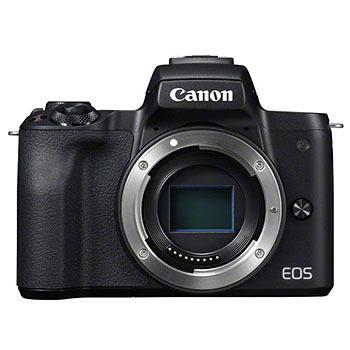


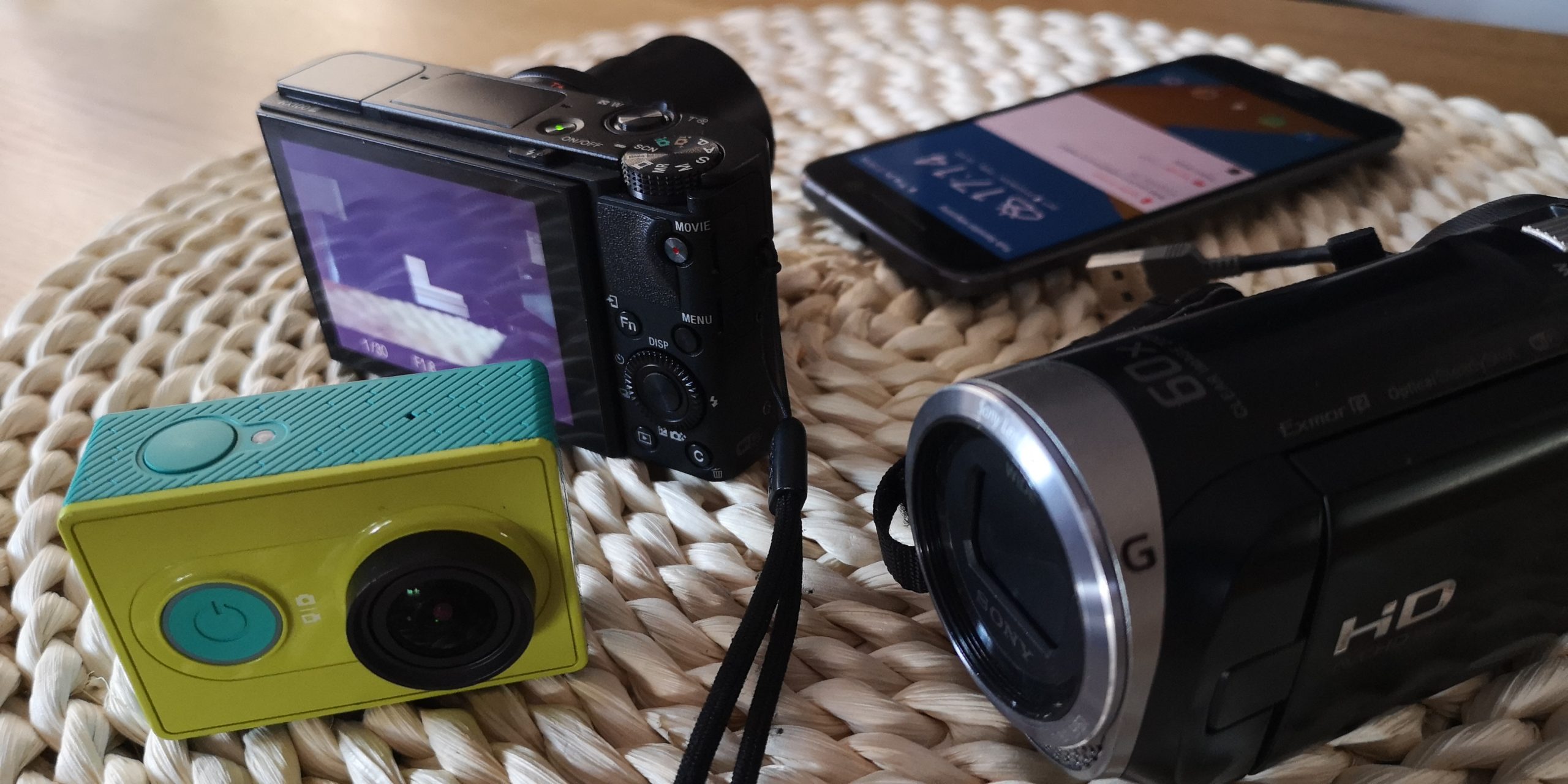
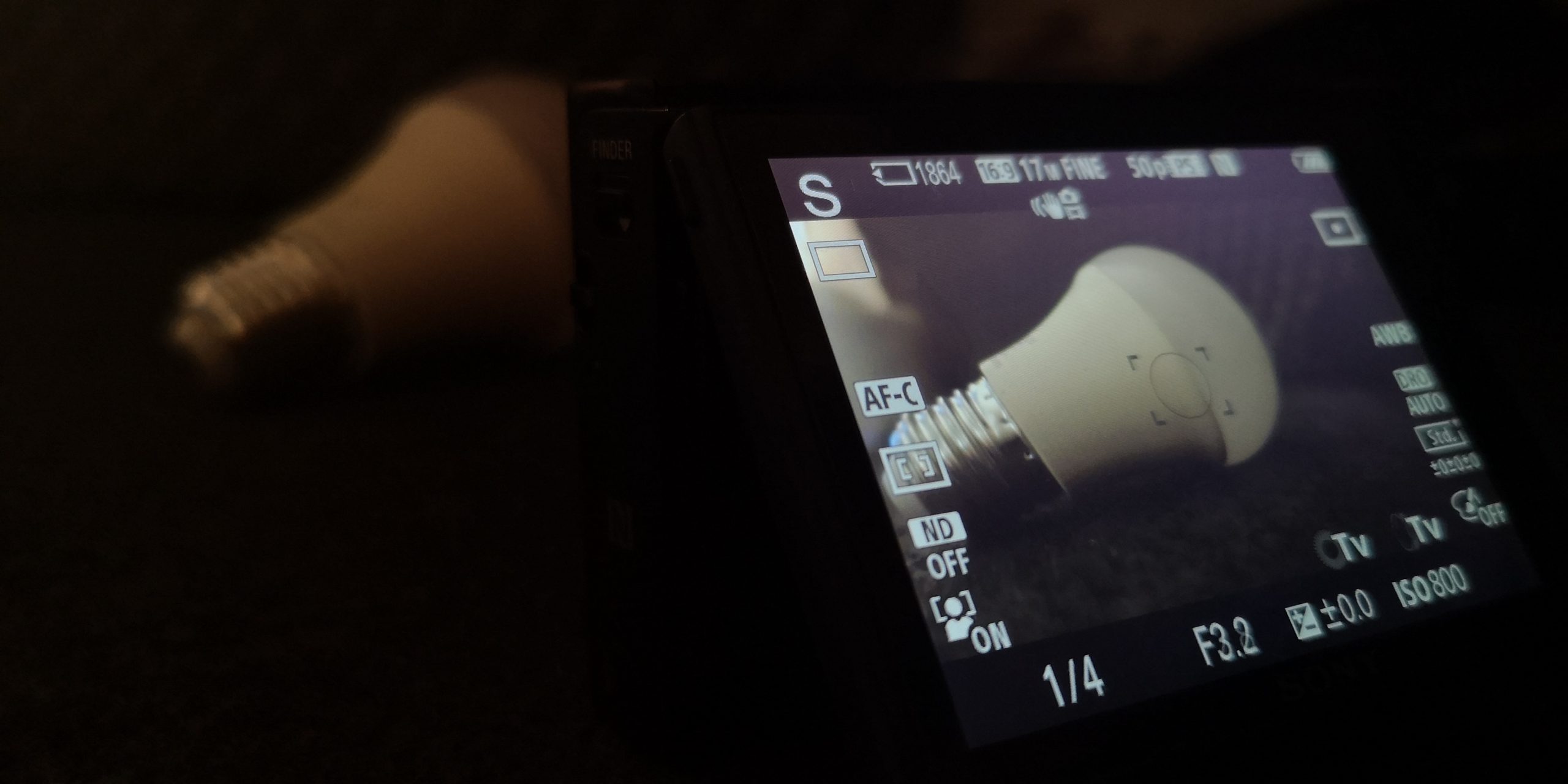
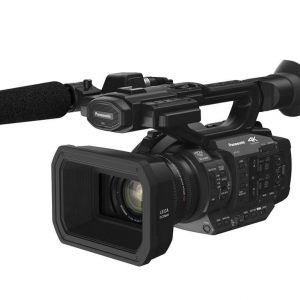
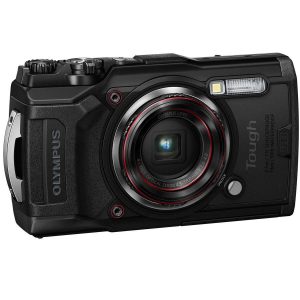
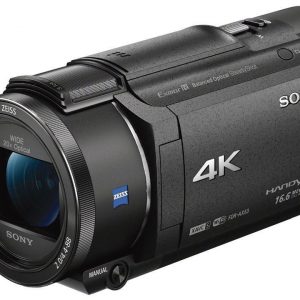
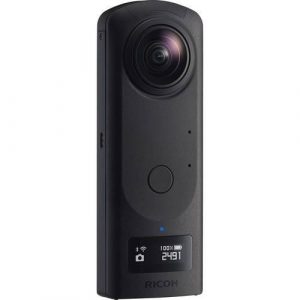
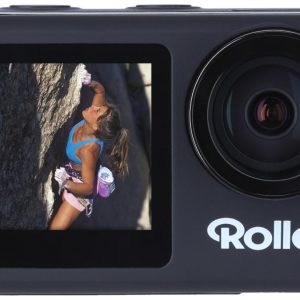

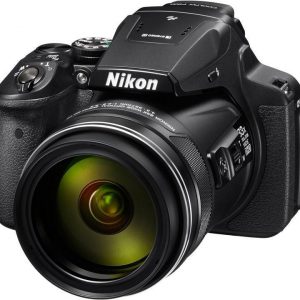
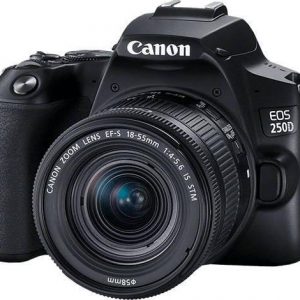
Ch –
It is true that this is my first “more serious” camera, but I am already after the first trip and the first use in action. As an amateur, I definitely recommend it. Very fast and smooth work, nice AF, nice interface. Of the minuses: the lens has a lock that must be adjusted every time. Two is a touch screen that can “change” itself when taking photos. It is true that these are just the beginnings of working with this camera, so certainly for some time more observations will come out, but in my opinion the camera is most suitable for learning. And while doing really good pictures.
Brrr –
It is true that this is my first “more serious” camera, but I am already after the first trip and the first use in action. As an amateur, I definitely recommend it. Very fast and smooth work, nice AF, nice interface. Of the minuses: the lens has a lock that must be adjusted every time. Two is a touch screen that can “change” itself when taking photos. It is true that these are just the beginnings of working with this camera, so certainly for some time more observations will come out, but in my opinion the camera is most suitable for learning. And while doing really good pictures.
Beckett Gonzales –
Title: A Disappointing Experience with Canon EOS M50
Rating: ★★☆☆☆
As a retail salesman hailing from Buffalo, I am constantly interacting with new gadgets and technologies, including digital cameras. In February, I decided to invest in a new camera for my personal use and settled on the Canon EOS M50. Unfortunately, my experience with this camera has been less than satisfactory, warranting a low rating of two out of five.
One of the major drawbacks of the Canon EOS M50 is its compact size. While its 88x116x59 mm dimensions make it lightweight and highly portable, they also contribute to a cramped handling experience. As someone with average-sized hands, I found it challenging to get a comfortable grip on the camera, leading to potential usability issues. Moreover, the smaller form factor limited the number of physical controls, making navigation and adjusting settings a hassle.
The APS-C sensor format, on the other hand, did provide decent image quality. However, I am disappointed by the limited dynamic range, resulting in washed-out highlights and underexposed shadows in certain situations. Comparing this to another popular digital camera on the market, such as the Sony A6400, revealed a noticeable difference in image sharpness, low-light performance, and overall dynamic capabilities.
The story behind my purchase of the Canon EOS M50 involved a somewhat frustrating delivery process to Buffalo. While the ordering and payment went smoothly, there were delays in shipping, which caused me unnecessary anxiety. Finally, when the camera arrived, my initial excitement was crushed by its underwhelming performance.
In conclusion, the Canon EOS M50 falls short of meeting my expectations for a mid-range digital camera in terms of handling and image quality. Its compact size compromises usability, and the limited dynamic range hampers the overall photographic experience. For those considering a purchase, I would recommend exploring other options like the Sony A6400 for a better-rounded camera that delivers superior results.
Ricardo Ochoa –
I’m loving the Canon EOS M50, and I gotta say, Ch’s review had me questioning their sanity. I mean, who doesn’t want to adjust a lens lock every time they take a photo? It’s like trying to put a puzzle together blindfolded while being attacked by a swarm of bees.
But seriously, folks, the Canon EOS M50 is a beast. The autofocus is so good, it’s like having a personal photographer following you around everywhere you go (except when you’re trying to take selfies, then it’s all nope, not today). And don’t even get me started on the interface – it’s so intuitive, I’m pretty sure my grandma could use it (and she’s more tech-savvy than Ch’s review would suggest).
And what’s with this nonsense about the touchscreen changing itself when taking photos? It’s like they’re trying to make a joke. Newsflash, Ch: if you don’t know how to take a photo, maybe you shouldn’t be using a camera that costs more than your car.
All joking aside, I think the Canon EOS M50 is perfect for learning, but also for pros who want a hassle-free experience. And with today’s news about capping resale ticket prices, I’m thinking of buying some concert tickets and reselling them for a profit (just kidding, sort of). But seriously, if you’re in the market for a new camera, look no further than the Canon EOS M50.
In conclusion, I give the Canon EOS M50 5 stars, and I think Ch needs to go back to camera school. Or maybe just get a selfie stick.